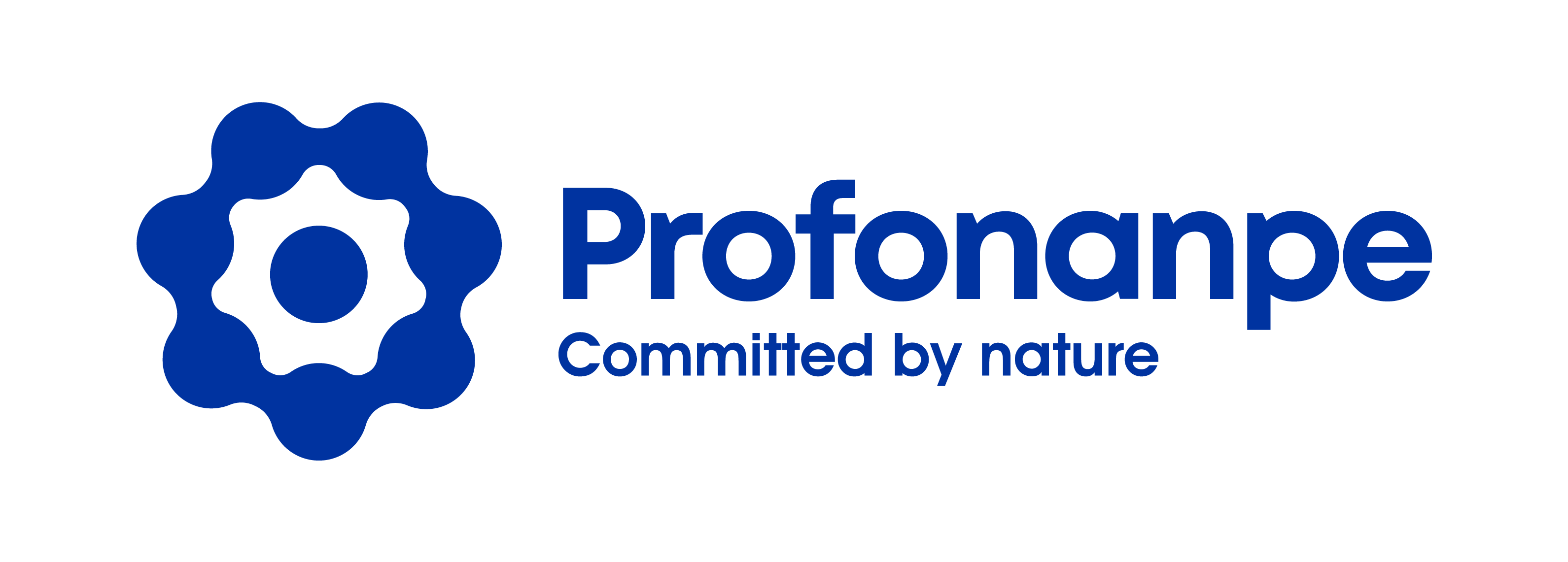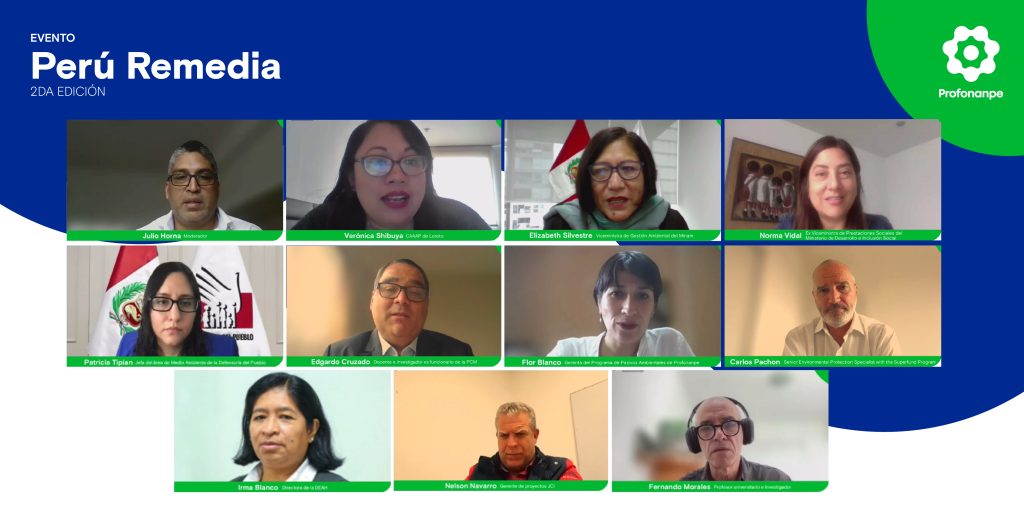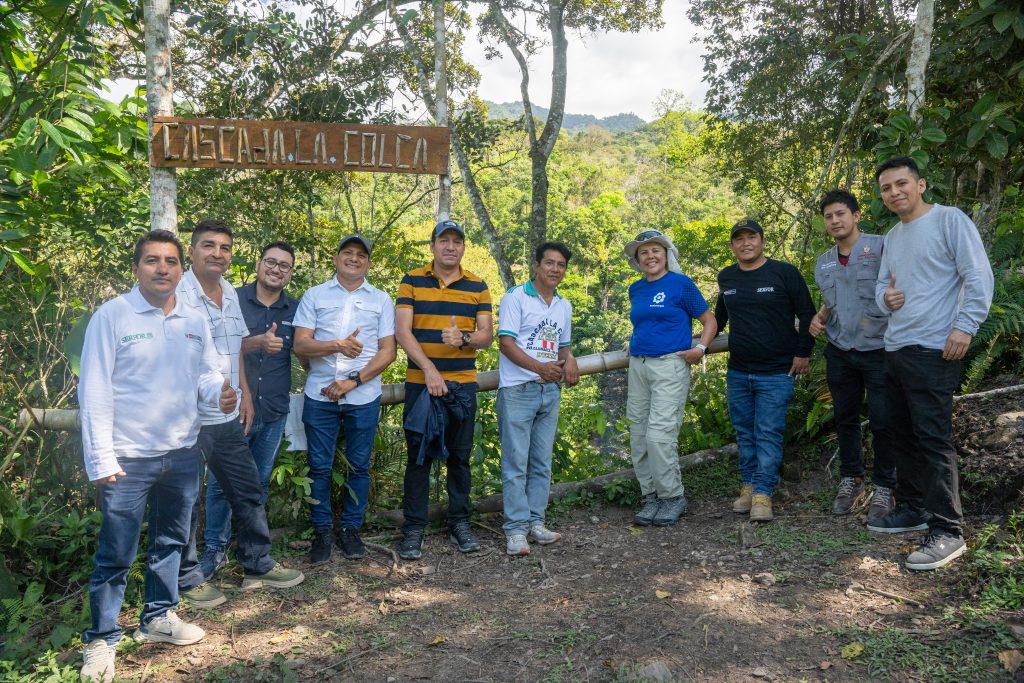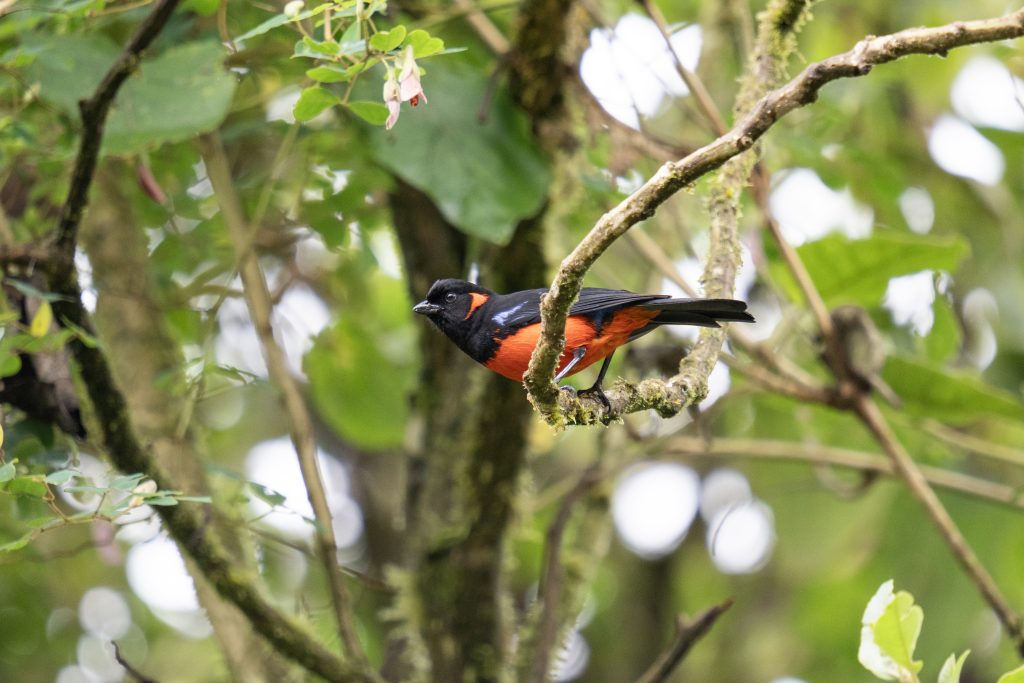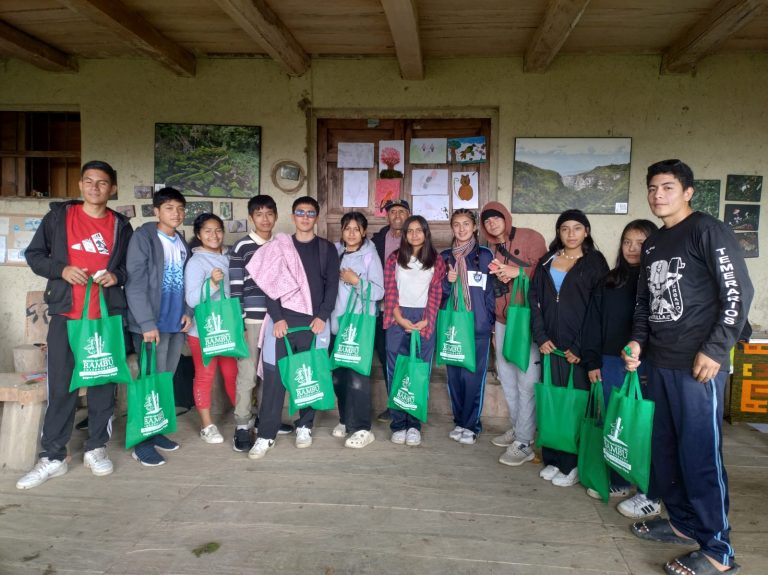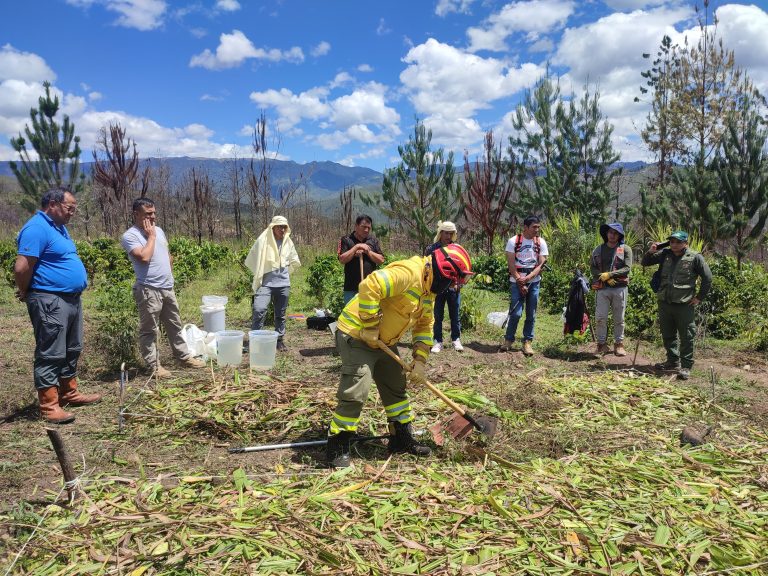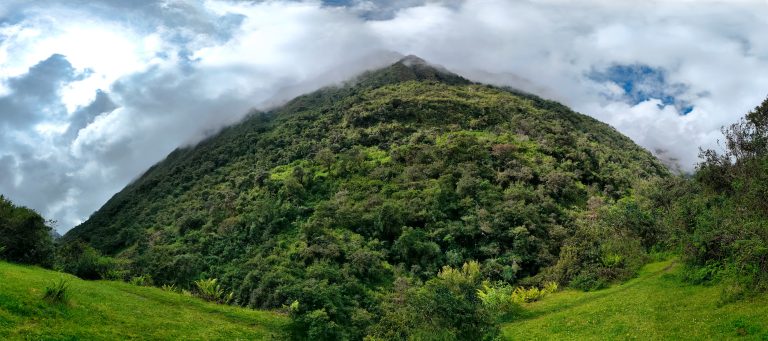Lima, September 2022. – According to information from the Peruvian Ministry of Energy and Mines, there are more than 3,000 environmental liabilities in the areas of Loreto, Piura, Tumbes and Puno generated by hydrocarbon contamination between 1863 and 1993 due to the lack of regulation in the exploitation of this product.
During the II Peru Remedia organized by Profonanpe, the most important private environmental fund in Peru, leaders of social organizations, the State and private companies addressed this difficult problem in order to find answers to accelerate the process of remediation of environmental liabilities in the area of the Tigre, Pastaza, Corrientes and Marañón basins.
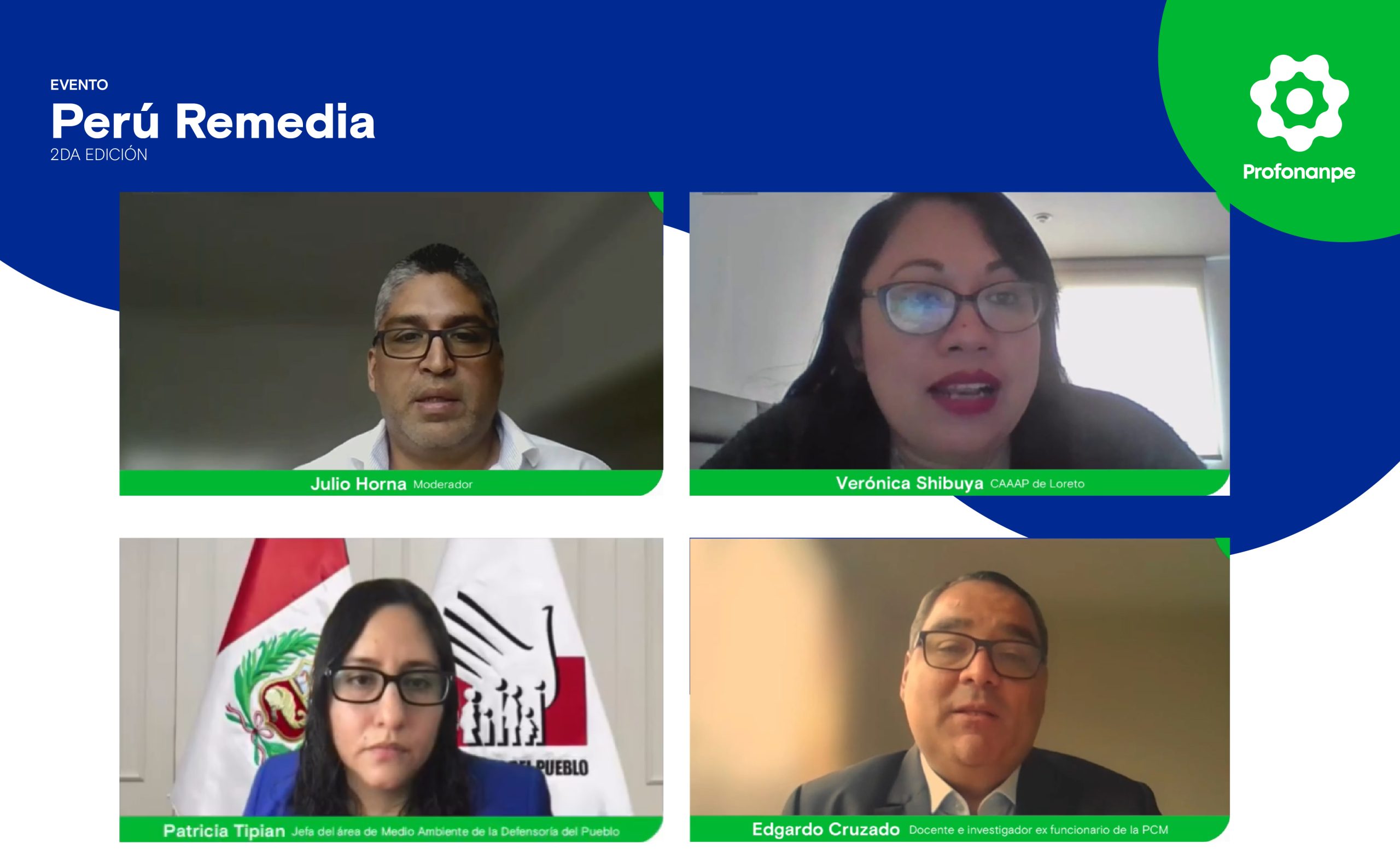
What are the keys to quickly and correctly remediate these areas? Below, we explain:
- Integral and multicultural vision: It is important to take into account the different stakeholders in the remediation process, such as the indigenous communities historically affected by pollution. Likewise, according to consultant and researcher Fernando Morales, it is also urgent to evaluate the ecosystems and environmental conditions of the areas. For Verónica Shibuya, coordinator of the Amazon Center for Anthropology and Practical Application – CAAAP, this means “a challenge” in the execution of the plans, due to the mistrust that still exists in the population, so she highlights the work that Profonanpe has been doing to generate ties with the communities and thus manage to develop the necessary remediation plans.
- Commitment of the authorities: The commitment of the different state organizations responsible for the process is essential to quickly remedy any difficulties that may arise and to adapt the regulations to help speed up the implementation of remediation for the benefit of the communities. In this regard, Patricia Tipian, head of the Environmental area of the Ombudsman’s Office, urged the organizations to accompany the process of preparing the remediation plans so that they have as few observations as possible.
- Synergy in the preparation of studies: The integration of the different rehabilitation plans for the future execution of the process is considered paramount by Nelson Navarro, JCI project manager. According to the expert, it is essential that -from the beginning- the entities participating in the project carry out validations and accompany the development of the project so that “it does not remain only in meetings or participatory workshops”.
- Integration of alternative technologies and strategies: Beyond remediation technology, innovative strategies are needed to make the remediation process more sustainable. As pointed out during the different presentations, integrating innovative technology to treat contaminated soils in the jungle to convert it into useful material for road construction, tested in different contexts and at much lower costs.
Norma Vidal, former Vice-Minister of Social Benefits of the Ministry of Development and Social Inclusion, highlighted the potential of the Remediation Contingency Fund Administration Board and recommended evaluating the responsibilities of Profonanpe, in charge of the Fund’s technical and administrative secretariat, in order to innovate and play a more active role in the intervention of the remediation process. “The procedures require permanent innovation and that involves a certain degree of discretion on the part of the executor because without innovation there could be many elements with which no progress can be made,” she said.
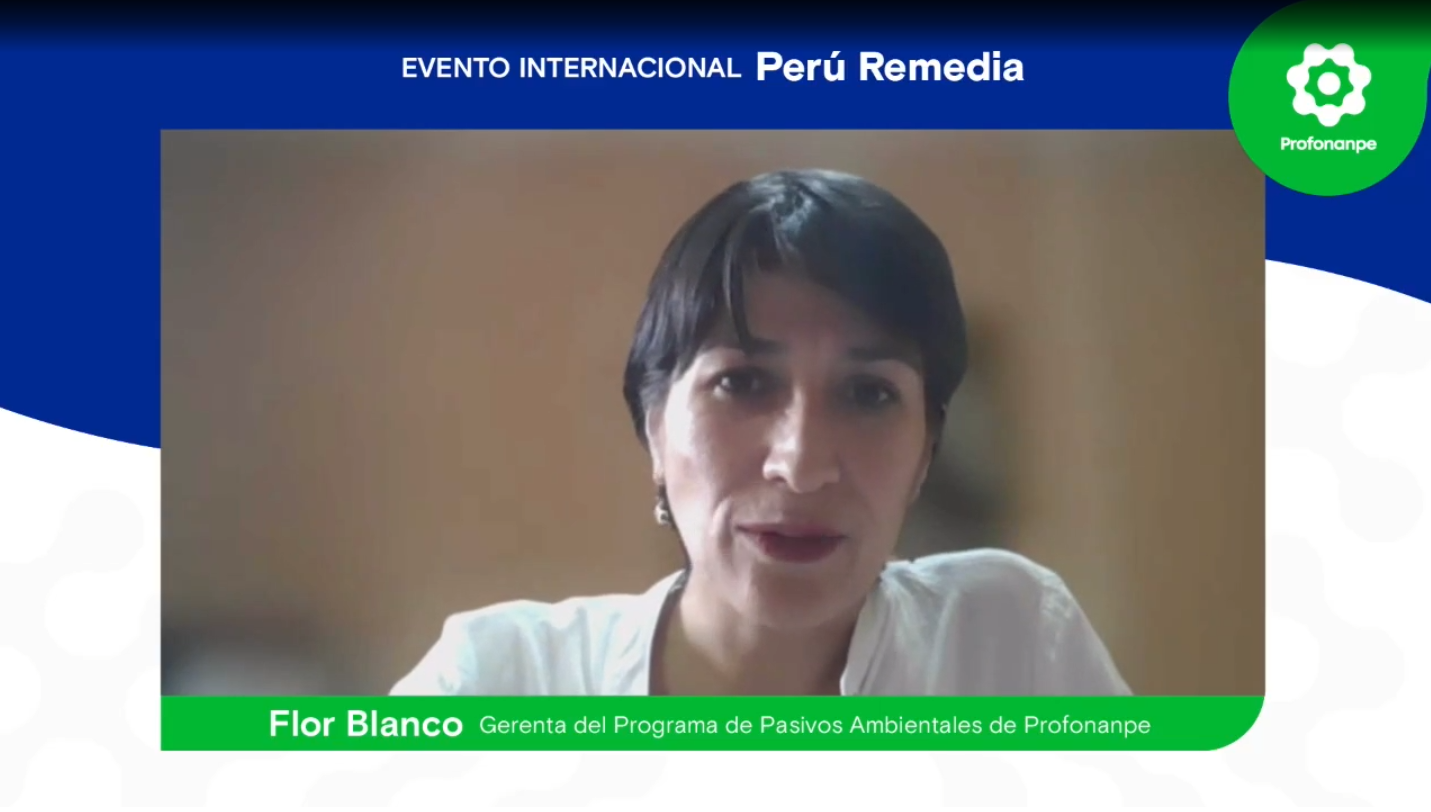
Finally, Flor Blanco, manager of Profonanpe’s Environmental Liabilities Program, pointed out that the environmental remediation process is a “long and complex process”. She asked the organizations involved to rethink the objective of the project: “to give priority and exceptional attention to this health and environmental situation”.
Officials from the Ministry of Energy and Mines and the Ministry of the Environment also participated in Peru Remedia II.
Download the presentations of Peru Remedia 2022 participants here.
About Profonanpe:
Profonanpe has established itself as the most important private environmental fund in Peru. Since its foundation, it has been characterized for being an institution specialized in creating, developing and implementing innovative processes in the management and administration of funds, and the participatory management and involvement of private enterprise, for the conservation of biodiversity, mitigation and adaptation to climate change.

